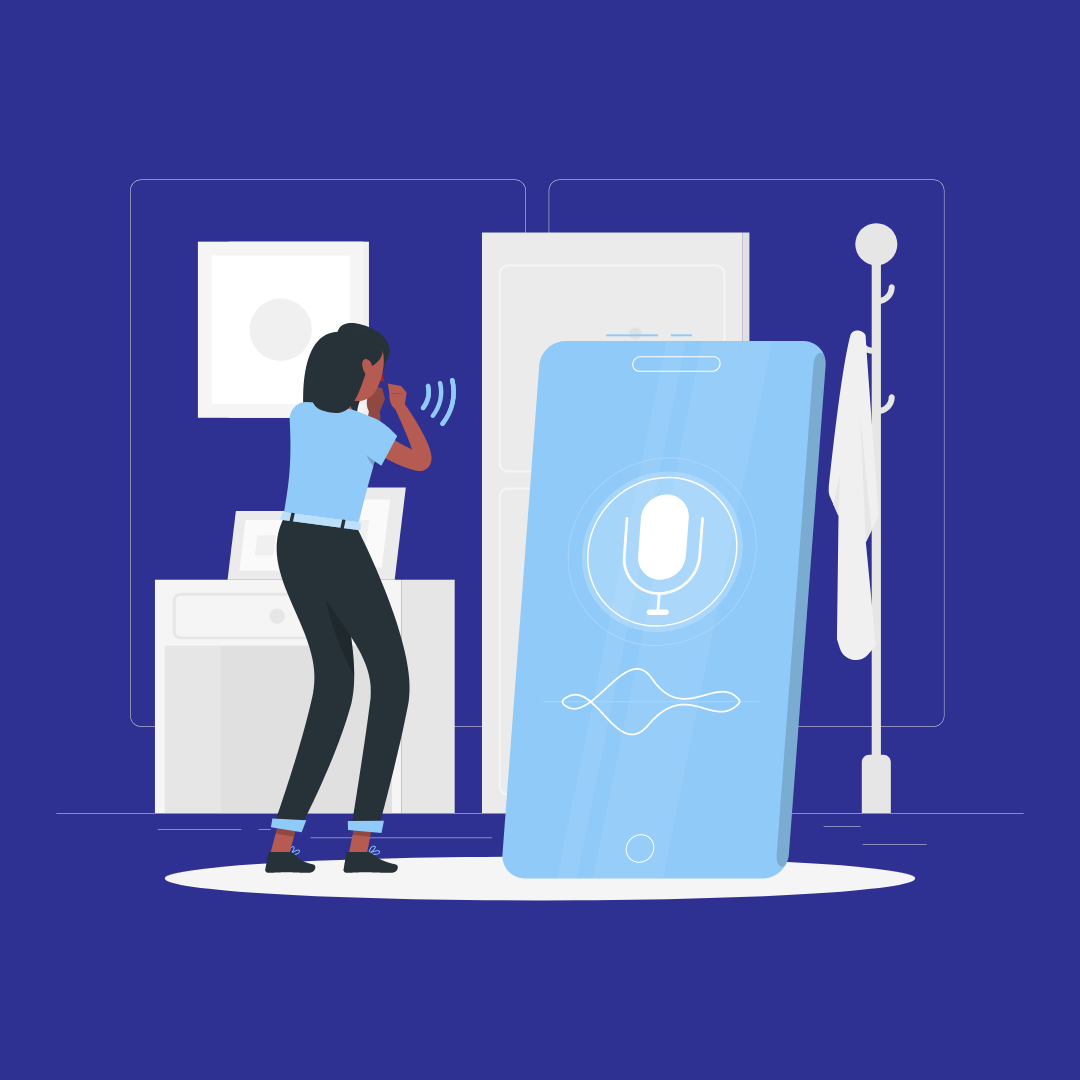
Voice search has evolved as a potent tool that is redefining numerous businesses in the age of rapid technological innovation. The healthcare sector is one such area that is changing significantly. For patients, healthcare providers, and medical professionals alike, the capacity to communicate with voice assistants like Siri, Google Assistant, or Alexa has created new opportunities.
Voice Search Changing the Healthcare Industry
Let's explore how voice search is changing the healthcare industry and the potential benefits it offers.
Enhanced Patient Experience
Voice search has the ability to completely change how patients communicate with medical providers. Patients can access a multitude of information by using voice commands rather than perusing websites or dialing numbers. For instance, they can use voice-enabled devices to arrange appointments, look up nearby healthcare facilities, ask about symptoms, and even request prescription refills. By easing the burden of navigating the healthcare system, this convenience enhances the patient experience overall.
Improved Accessibility and Health Literacy
A larger audience may now easily access healthcare information thanks to voice search technologies. Allowing those who have little or no access to smartphones or computers to still obtain healthcare information, helps close the digital divide. Voice assistants can also make complicated medical terminology simpler and make user-friendly explanations of medical diseases, treatments, and dosage directions. Helping patients to make better-educated decisions about their health, fosters health literacy.
Efficient Healthcare Delivery
The delivery of healthcare could be streamlined by voice search, which would be advantageous to both patients and healthcare practitioners. Clinicians can save time during patient consultations by employing voice-enabled devices to access electronic health records, clinical guidelines, and research articles using voice commands. Additionally, administrative duties like appointment scheduling and updating of medical records can be automated by speech technology, freeing up healthcare workers to concentrate more on patient care and increasing overall efficiency.
Remote Patient Monitoring and Telemedicine
The use of voice search in conjunction with other cutting-edge technology has created new opportunities for telemedicine and remote patient monitoring. Voice-enabled devices can be used by patients to track their vital signs, report symptoms, or update healthcare professionals about their condition. This real-time information can aid medical practitioners in better patient monitoring, prompt intervention, and care decision-making. Additionally, virtual consultations enabled by voice search linked with telemedicine platforms enable patients to get medical advice from the comfort of their homes.
Potential for Early Diagnosis and Health Monitoring
Beyond interactions between patients and healthcare professionals, voice search technology is used in healthcare. The potential of speech analysis to identify early symptoms of various medical diseases is being investigated by researchers. Changes in voice patterns, tones, and speech characteristics can be analyzed by machine learning algorithms to look for potential symptoms of illnesses including Parkinson's, Alzheimer's, or mental health issues. This non-invasive method has the potential to provide early diagnosis and ongoing health monitoring.
Final Words on How is Voice Search Changing the Healthcare Industry
By improving patient experience, increasing accessibility to healthcare information, expediting healthcare delivery, enabling remote patient monitoring, and maybe assisting in early diagnosis, voice search technology is revolutionizing the healthcare sector. Although there are still issues to be resolved, such as privacy and security worries, voice search has the potential to completely transform the way healthcare is provided. Healthcare organizations and professionals must embrace technology's advantages and use it to their advantage as it develops in order to improve patient care, health outcomes, and the development of a more effective and patient-centered healthcare system.
